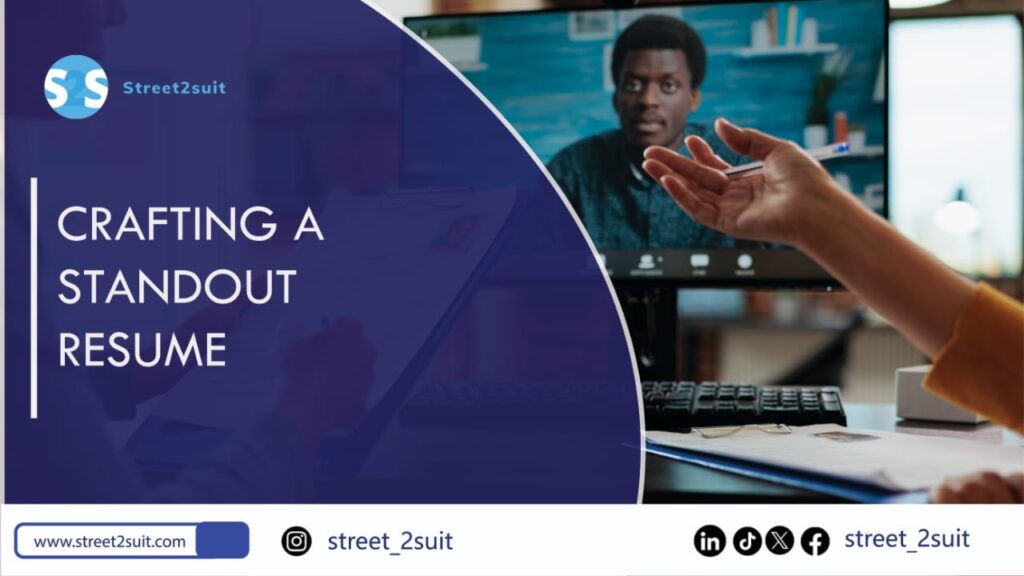Your resume is often the first impression you make on potential employers. It’s not just a document; it serves as a personal marketing tool that highlights your skills, experiences, and achievements. Creating a standout resume can give you an edge in today’s competitive job market. Here’s how to develop a resume that captures attention and opens doors.
1. Understand the Purpose of a Resume
A resume is not a comprehensive list of everything you’ve ever done. Instead, it’s a targeted summary of your qualifications tailored to the specific job you’re applying for. Its main purpose is to secure an interview by showcasing your most relevant skills and accomplishments.
2. Choose the Right Format
Selecting the appropriate resume format is crucial. The most common formats include:
- Chronological: Emphasizes your work history in reverse chronological order; ideal for those with consistent experience.
- Functional: Focuses on skills and experiences rather than job titles; suitable for career changers or those with gaps in employment.
- Combination: Blends elements of both formats, presenting skills alongside a detailed work history.
3. Tailor Your Resume to the Job
Every job is unique, and your resume should reflect that. Study the job description and identify keywords and skills that the employer seeks. Incorporate these into your resume to demonstrate alignment with their needs.
4. Start with a Strong Summary or Objective
Begin with a compelling summary or objective statement:
- A summary is ideal for experienced professionals and highlights key achievements and expertise.
- An objective is beneficial for entry-level candidates, emphasizing career goals and enthusiasm for the role.
5. Highlight Achievements, Not Just Duties
Employers want to see the impact you’ve made, not just your responsibilities. Use action verbs and quantify your achievements. For example:
- Instead of saying, “Managed a team of sales associates,” say: “Led a team of 10 sales associates, increasing sales by 25% within six months.”
6. Optimize for ATS
Many companies use Applicant Tracking Systems (ATS) to filter resumes. To ensure your resume passes through, use simple formatting, avoid images or graphics, and include relevant keywords from the job description.
7. Focus on Design and Readability
A clean, professional design enhances readability. Use a legible font (e.g., Arial, Calibri, or Times New Roman) in a size between 10 and 12 points. Ensure consistent formatting with clear headings and bullet points, and limit your resume to one or two pages.
8. Include Key Sections
A standout resume typically includes the following sections:
- Contact Information: Full name, phone number, email address, and LinkedIn profile (if applicable).
- Professional Summary/Objective: A brief overview of your qualifications.
- Work Experience: Highlight relevant roles and accomplishments.
- Education: Include degrees, certifications, and relevant coursework.
- Skills: List both hard and soft skills tailored to the job.
- Additional Sections: Consider adding sections for volunteer work, certifications, or professional affiliations if relevant.
9. Proofread Thoroughly
Errors in grammar, spelling, or formatting can undermine an otherwise excellent resume. Proofread carefully, or have a trusted friend or mentor review it for you.
10. Keep It Updated
Regularly update your resume to include new skills, experiences, and achievements. This practice ensures you’re always prepared for new opportunities.
Conclusion
A standout resume is your ticket to landing an interview. By tailoring it to the job, showcasing your achievements, and maintaining a professional design, you can make a lasting impression on potential employers. Remember, your resume reflects who you are—make it count!
Receive the latest job and career updates in your inbox, every week!




